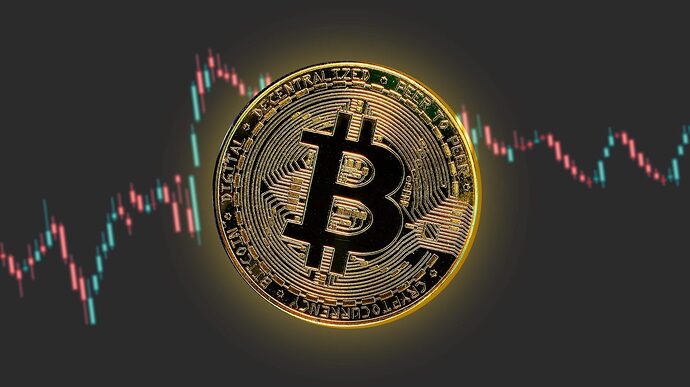When someone first introduces you to Bitcoin, they usually make a point of saying that it’s a whole new kind of money that stands apart from conventional fiat currencies. This divergence has a direct bearing on Bitcoin’s beginnings. Because of his displeasure with central banks’ excessive money printing during the 2008 financial crisis, Satoshi Nakamoto purposefully used technology to artificially limit the total amount of Bitcoin.
The halving method is a progressive process that maintains the total amount of Bitcoin constant. The halving mechanism, often regarded as the most significant aspect of the Bitcoin design, turns the cryptocurrency into a deflationary and scarce asset. Furthermore, it has been embraced by other altcoins and is now one of the main strategies for reducing inflation in a variety of cryptocurrencies.
What is Bitcoin Halving?
As is widely known, miners compete through computations to win the opportunity to record transactions when a new block of Bitcoin is mined every ten minutes. They receive a block reward after they succeed. The reward was initially set at 50 BTC each block, however it is currently arbitrary. The system was created by Satoshi Nakamoto with the provision that the block reward would be cut in half every 210,000 blocks, or roughly every 4 years. This mechanism, which takes place every four years, is called the halving mechanism. The total supply of Bitcoin is restricted at 21 million and cannot be expanded through this proportional drop.
There have already been three halvings of Bitcoin. The block reward fell to 25 BTC after the initial halving in 2012; it then plummeted to 12.5 BTC in 2016, and it was further lowered to 6.25 BTC in 2020, which is the current payment for mining a block. The fourth halving will reduce the block reward to 3.125 BTC in 2024.
Why is Bitcoin Halving so Important?
Many people praise the halving method for making Bitcoin more like precious metals like gold, where there is a finite quantity that cannot be expanded at will. Because of this, the supply-demand relationship is guaranteed to remain stable as demand increases, preserving Bitcoin’s market value and making it the best-performing investment choice of the last ten years.
In addition, the planned halving makes Bitcoin progressively rarer over time, rewarding early investors and miners more generously and encouraging participation from the outset. Miners and investors are encouraged to join early and with greater zeal thanks to this logical graded incentive scheme.
Data from the past shows that investors are aware of the halve mechanism. The price of Bitcoin increased eighty times after the first halving in 2012, three times after the second halving in 2016, and three times more at the third halving in 2020.
As a result, halving is frequently considered to be the most important aspect of the Bitcoin design. There is now general agreement that Bitcoin is deflationary, rare, sustainable, and has significant potential value thanks to this straightforward yet clever economic mechanism. For Bitcoin miners and investors, the impending fourth halving in 2024 will be one of the most important occasions of the next six months.
